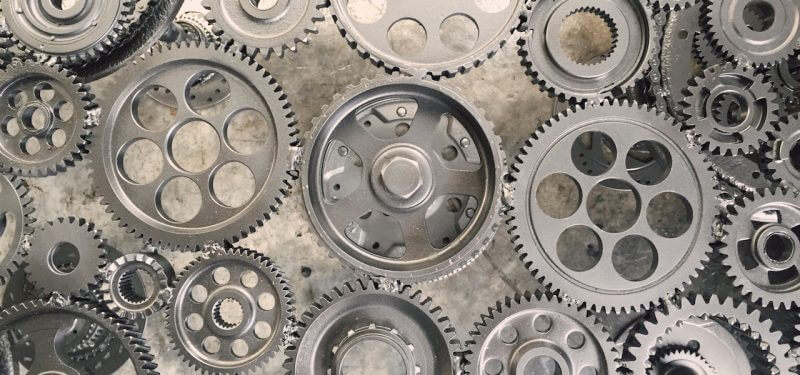Last May, Selenium project lead Simon Stewart confirmed that Selenium 3.0 would be released this year, by Christmas. Users had good reason to be skeptical: Stewart promised a Christmas release back in 2013, but it didn't come to pass. He never specified the year, he joked. But Christmas came early this year: Selenium 3.0 finished its beta and went into general release late last week.
The release was greeted with some fanfare. "This is huge," TestTalks podcast founder Joe Colantonio said in his blog, although he also acknowledged that the new version is “mainly a cleanup effort.”
The "cleanup" includes the removal of Selenium Core, the requirement that you use Java 8 or higher, and the issuance of a roadmap for Selenium 4 and 5. Here's a recap of the highlights of Selenium 3.0, along with some suggestions on how to leverage this release in your own Selenium tests.
Goodbye, Selenium RC
The big news here is that Selenium RC is now officially dead.
While everyone using Selenium RC has had years of advance notice to start using WebDriver instead, there are surely a few stragglers out there who will be significantly affected if they want to continue upgrading their version of Selenium.
"If you’re using the WebDriver API and you’ve been using it all along, really it should be a seamless upgrade for you,” Colantonio said in a recent blog post. “Just import Selenium 3 and it really should be a seamless integration."
"It’s the people that still use Selenium RC that are going to have an issue."
Indeed. You can’t even download Selenium RC from SeleniumHQ anymore. Selenium Core is gone. But if you need to preserve old Selenium RC tests, there’s plenty of documentation on how to do that. And if you still need to support those RC APIs in Selenium 3, you’ll need a dependency to “org.seleniumhq.selenium:selenium-leg-rc:3.0.0” to use the legacy package. But the project’s developers say you shouldn’t do this unless you absolutely must.
Looking forward: Selenium 4 and 5
Stewart has laid out a roadmap that goes well beyond Selenium 3, to include versions 4 and 5:
Will it be another three years before we see Selenium 4.0, as happened with Selenium 3.0? Hopefully not, but right now the timetable depends on the W3C WebDriver standard, currently in development. Colantonio says that once the standard is finished, “all browsers will be responsible for implementing their own Selenium implementations, and they’ll stop owning it.” That’s going to require a major effort by the Selenium team.
While Selenium 4 will support the current WebDriver API and a new W3C WebDriver standard, the next logical step will come when Selenium 5 supports just the web standard. As in other developer ecosystems (most recently in the JavaScript community) the best ideas from different open source projects cross-pollinate into the standards for the web and various programming languages. It’s open source’s killer feature.
Those are the highlights: No more Selenium Core, you'll need Java 8 or higher, and Selenium 4 and 5 will be coming online as the W3C WebDriver emerges. For the full Selenium 3 changelog, including bug fixes, visit Selenium's GitHub page.
Are you excited about the direction of Selenium 3.0? Are you facing any issues with the major changes it brings? Post your comments below.
Keep learning
Take a deep dive into the state of quality with TechBeacon's Guide. Plus: Download the free World Quality Report 2022-23.
Put performance engineering into practice with these top 10 performance engineering techniques that work.
Find to tools you need with TechBeacon's Buyer's Guide for Selecting Software Test Automation Tools.
Discover best practices for reducing software defects with TechBeacon's Guide.
- Take your testing career to the next level. TechBeacon's Careers Topic Center provides expert advice to prepare you for your next move.




